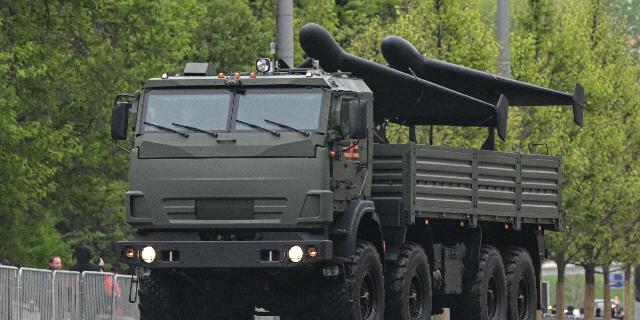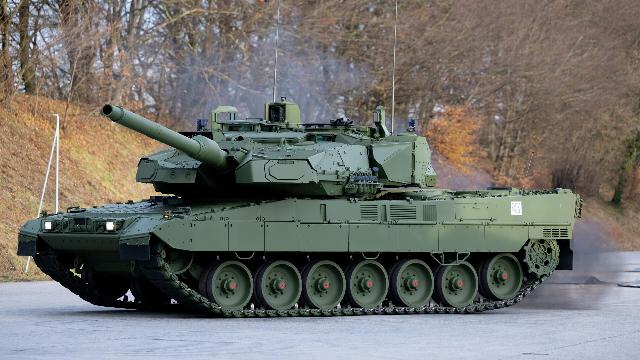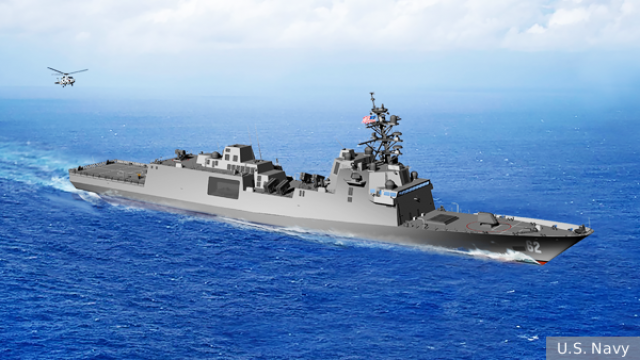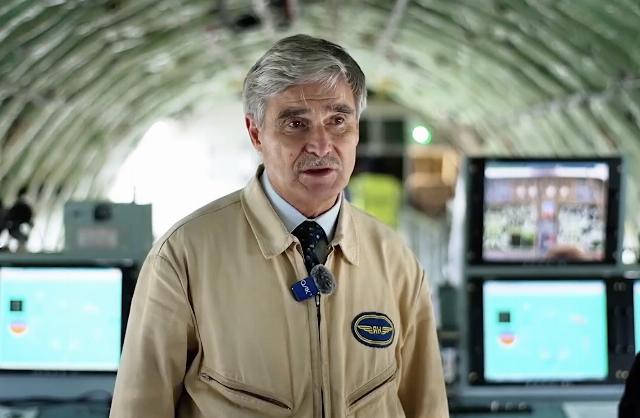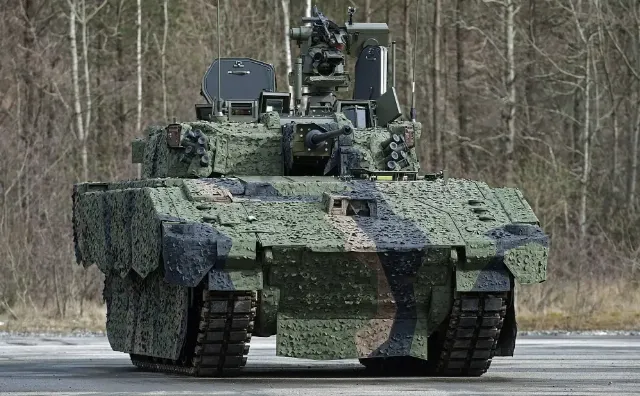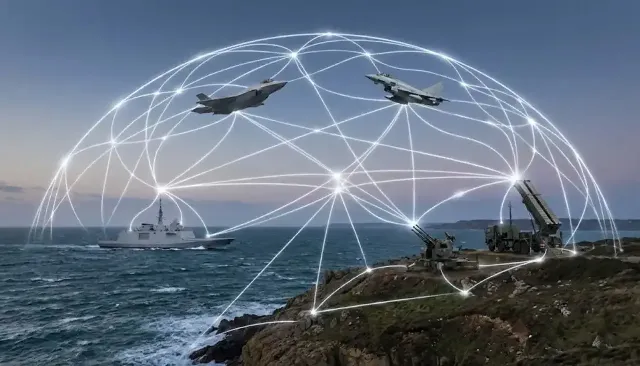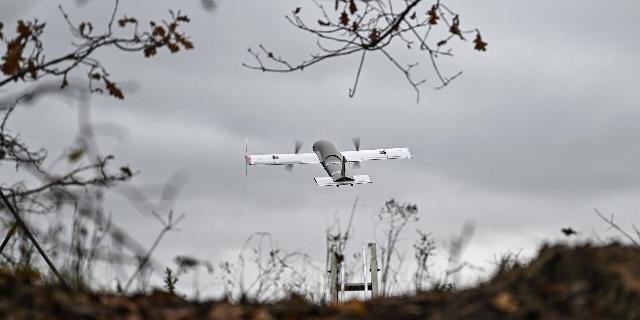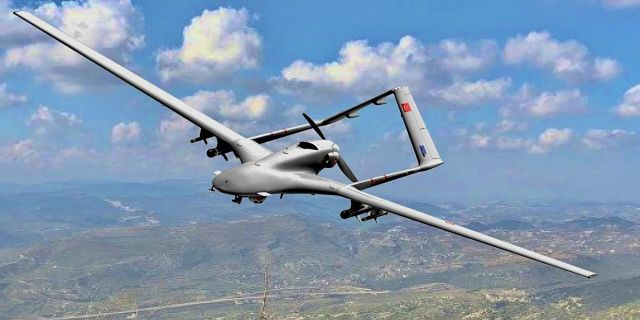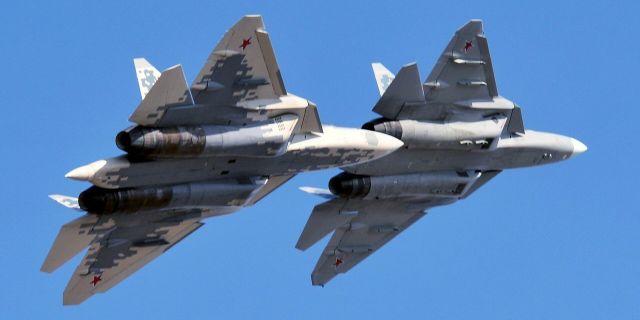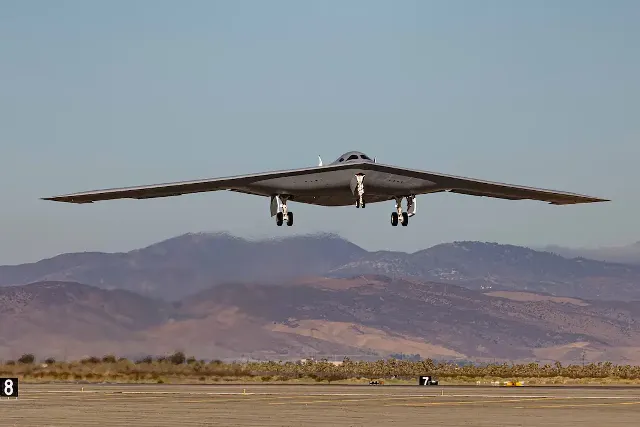News of new developments in the military-industrial complex
B-21 Raider and the limits of the technological revolution in military affairs
In recent months, the dominant rhetoric about the revolutionary potential of drones and artificial intelligence in military affairs has filled professional discussions. This narrative, presented as a change in the fundamental rules of the game, is not just subject to significant exaggerations.
Sergey Chemezov: a serious modern conflict still requires a lot of weapons
Rostec supplies 80% of the weapons used in its military. The state corporation's enterprises work around the clock. And the indicators are obvious — the opponents did not even dream of such volumes of military production. Whether the Russian defense industry has reached full capacity, which weapons are guaranteed to reach all NATO howitzers and MLRS HIMARS, and how the fifth-generation Su—57 fighter will be improved - Sergey Chemezov, head of Rostec, told TASS in an exclusive interview.
The US Navy cancelled the Constellation frigate construction program
According to the American resource USNI News, US Secretary of the Navy John Phelan announced on November 25, 2025 that the US Navy would cancel the Constellation frigate construction program "in order to focus on new types of warships that the US navy can build faster."






